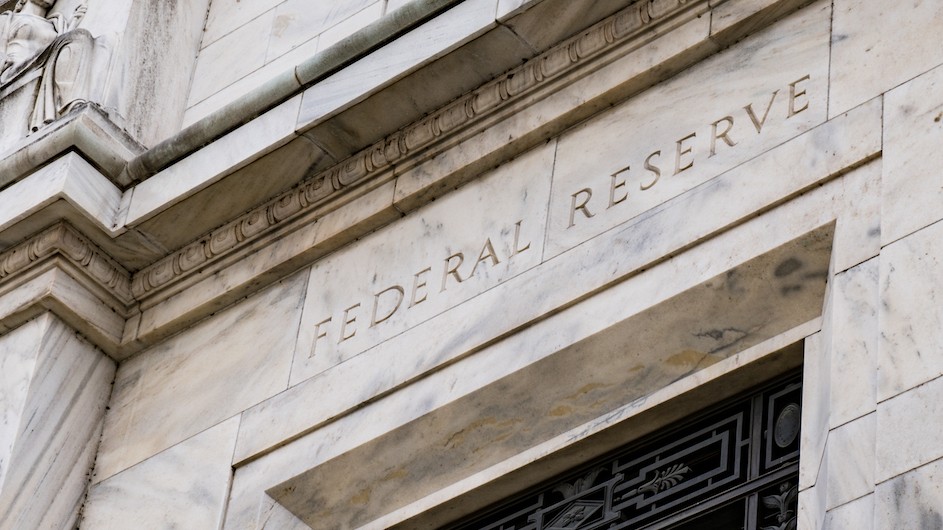Our Central Bank Is Not Created to Solve All Our Economic Woes
As the decision of the Fed to raise interest rates captured news headlines today, it is crucial to ask if it has taken on too much responsibility.

The United States today relies on the Federal Reserve (the “Fed”) to do too much. The Fed is built for an important but limited purpose. It is a monetary authority, designed to manage the money supply. Congress designed the Fed with two types of money in mind: cash issued by the government (coins and paper bills) and deposits issued by government-chartered, investor-owned banks. The supply of cash is relatively stable, but the supply of deposits is more elastic. When banks lend, they create more deposits, increasing the balances in borrowers’ bank accounts. When the amount of deposits increases, the purchasing power of depositors increases. That is because people use deposits to pay rent, credit card bills, and make payroll. The Fed’s job is to control the expansion of deposits so that it is consistent with full capacity utilization in the economy over the long run.
The Fed Unbound: Central Banking in a Time of Crisis
This job is hard enough as it is. But over the last half century two major changes have caused the Fed’s role to expand. The first is related to macroeconomic management. Following a period in the early 1980s when the Fed tightened financial conditions dramatically to slow rapid inflation, policy makers began to treat the Fed as a general purpose steward of employment and price stability.
Now people look to the Fed to achieve 2% annual inflation, even when deviations are caused by factors that have little or nothing to do with the expansion of bank balance sheets. For example, over the last year, prices have increased rapidly due to a range of factors, one of which was excess money creation, but many of which relate to short-to-medium term shocks to supply chains and energy markets. Using the Fed alone to bring inflation back to 2% is a bit like amputating a limb to treat a bad cut or broken bone.
The second change driving Fed overload is related to the structure of the monetary system itself. The Fed’s tools are designed to work on banks: it regulates them to prevent excessive risk taking when times are good and backstops them to prevent excessive monetary contraction when the economy sours. The problem is that companies without bank charters now issue large amounts of instruments that function like deposits. These “shadow banks,” which grew rapidly in the 1990s and early 2000s, are just as important as banks to the Fed’s mission, but they do not operate by the same set of rules. Twice now in 15 years the Fed has offered shadow banks a similar sort of backstopping to their deposit alternatives. The result is a sprawling private financial sector in which money-financed speculation runs rampant and risks build up outside of the eyes of those officials on the hook to the monetary system when times get tough.
We can and must do better. In my new book, The Fed Unbound: Central Banking in a Time of Crisis, I propose two solutions: creating other ways for the government to manage economic downturns and rapid periods of inflation and restructuring the monetary system so that it does not break down under strain and cause serious economic downturns like 2008.

Lev Menand is an associate professor at Columbia Law School and recent author of Columbia Global Report's The Fed Unbound: Central Banking in a Time of Crisis. His research focuses on money and banking, central banking, financial regulation, administrative law, separation of powers, corporate governance, and the history of economic thought.
This column is editorially independent of Columbia News.